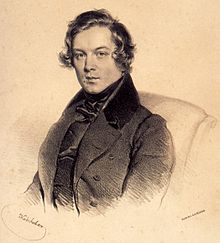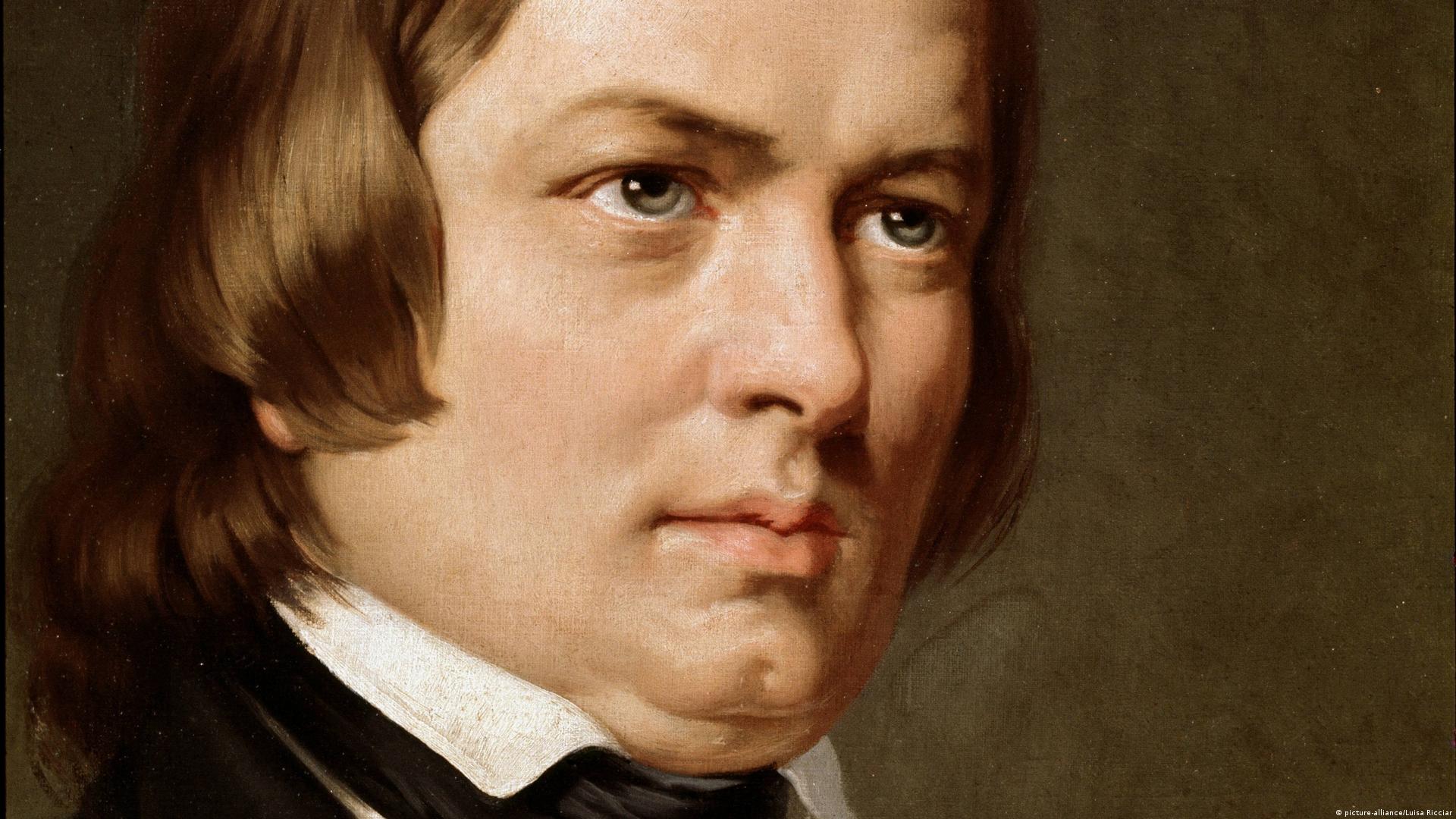The History of Robert Schumann’s Violin Concerto in D Minor
Robert Schumann, one of the Romantic era’s most influential composers, is best known for his piano works, songs, and symphonic pieces. Yet, among his lesser-known compositions lies a powerful and haunting piece: the Violin Concerto in D Minor. Composed in the final years of his life, this concerto is a fascinating window into Schumann’s creative mind and emotional state during a period of deep psychological turmoil.
A Late-Career Composition
The Violin Concerto in D Minor was composed in just a few weeks between September and October of 1853. At this time, Schumann was living in Düsseldorf and working closely with the virtuoso violinist Joseph Joachim, to whom the concerto was dedicated. The composer was inspired by Joachim’s artistry, and the concerto was meant to showcase the violinist’s expressive capabilities in a symphonic setting.
This composition was Schumann’s only completed violin concerto and one of his final major orchestral works. Uniquely structured, it diverges from the virtuosic display typical of violin concertos of the time and instead focuses on lyrical beauty and emotional depth. The work is in three movements:
- In kräftigem, nicht zu schnellem Tempo (With strength, but not too fast) – A solemn and noble opening movement, with a recurring theme that carries a sense of gravity.
- Langsam (Slow) – A meditative and intimate second movement, showcasing Schumann’s melodic genius.
- Lebhaft, doch nicht schnell (Lively, but not fast) – A folk-like and rhythmically engaging finale that offers a glimpse of brightness and optimism.
Suppressed and Forgotten
Despite its artistic merits, the Violin Concerto in D Minor was never performed during Schumann’s lifetime. After the composer’s mental health deteriorated rapidly in 1854, leading to his hospitalization in an asylum, Joachim grew concerned about the quality of the concerto. Believing that the piece reflected Schumann’s mental decline, Joachim—along with Schumann’s widow Clara and their friend Johannes Brahms—decided to suppress the work.
Joachim held the manuscript, but he chose not to perform or publish it. Instead, the concerto was quietly archived in the Prussian State Library in Berlin, essentially forgotten for decades. In Joachim’s will, he even stipulated that the piece should not be published until at least 100 years after Schumann’s death.
Rediscovery in the 20th Century
The concerto’s eventual rediscovery reads like a tale of mystery and fate. In the 1930s, Schumann’s grand-nieces claimed to have received a message through a séance, encouraging them to recover a “lost concerto” by their great-uncle. Whether or not this spiritual event was real, the interest it sparked led to the uncovering of the manuscript in the Berlin library.
With the growing interest in lost and overlooked works of the Romantic era, the concerto was finally premiered in 1937, more than 80 years after its composition. The first performance took place in Berlin with violinist Georg Kulenkampff, conducted by Karl Böhm. The event sparked renewed scholarly and public interest in Schumann’s late works.
A Work of Introspection and Strength
Today, the Violin Concerto in D Minor is appreciated not only as a unique part of Schumann’s output but also as an emotionally rich and psychologically complex work. It lacks the flashy bravura of concertos by Mendelssohn or Brahms, but it offers a deeply personal expression, full of tension, lyricism, and quiet power.
Performers and audiences alike are drawn to its contemplative mood and the subtle interplay between soloist and orchestra. In many ways, the concerto serves as a final artistic testament of a composer grappling with inner turmoil, yet still capable of creating music of profound beauty.
Conclusion
Robert Schumann’s Violin Concerto in D Minor is a remarkable work that reflects the emotional and artistic intensity of its creator. Long neglected and once thought to be a product of madness, the concerto now stands as a testament to Schumann’s enduring genius—a hidden gem that continues to move listeners with its sincerity, introspection, and heartfelt musical expression.


Comments are closed